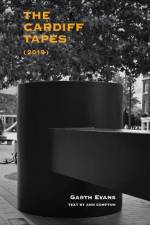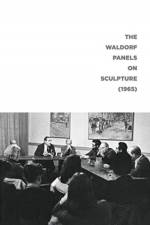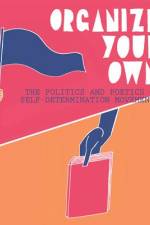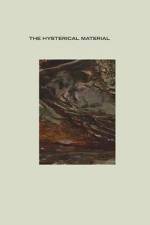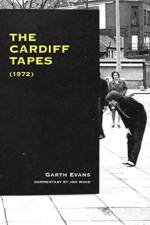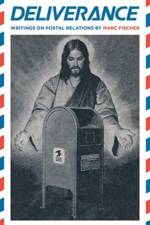av Meg Duguid
307
"Collective projects are the lifeblood of Chicago's art scene. Where the Future Came From expands upon previous research by refocusing the narrative around the work of women and women-identified makers from the late 19th century to the present. The book documents a 2018-19 open-source participatory exhibition, symposium and series of accompanying programs at Columbia College Chicago that explored the roles of feminism and intersectionality in approaching this history. In addition to a chronology, transcripts and essays, the book features personal and scholarly accounts of feminist cultural work. With contributions by TJ Boisseau, Estelle Carol, Daisy Yessenia Zamora Centeno, Carol Crandall, Mary Ellen Croteau, Jory Drew, Meg Duguid, Courtney Fink, Luz Magdaleno Flores, Jeffreen M. Hayes, Tempestt Hazel, Joanna Gardner-Huggett, Sam Kirk, Rana Liu, Sharmili Majmudar, Nicole Marroquin, Meida McNeal, Beate Minkovski, Lani Montreal, Neysa Page-Lieberman, Melissa Potter, Amina Ross, Jennifer Scott, Kate Sierzputowski, Jennifer Sova, Gloria Talamantes, Kate Hadley Toftness, Arlene Turner-Crawford and Lynne Warren."--Provided by publisher.


